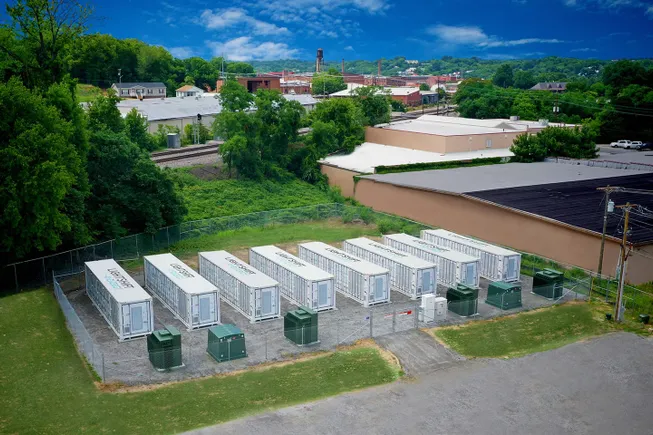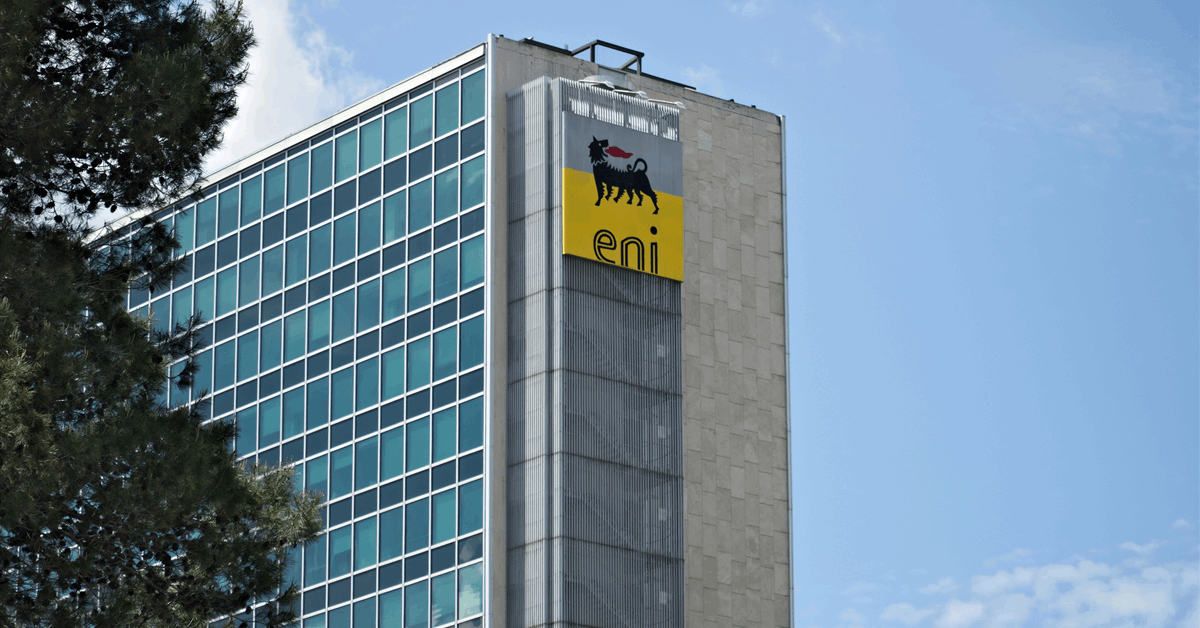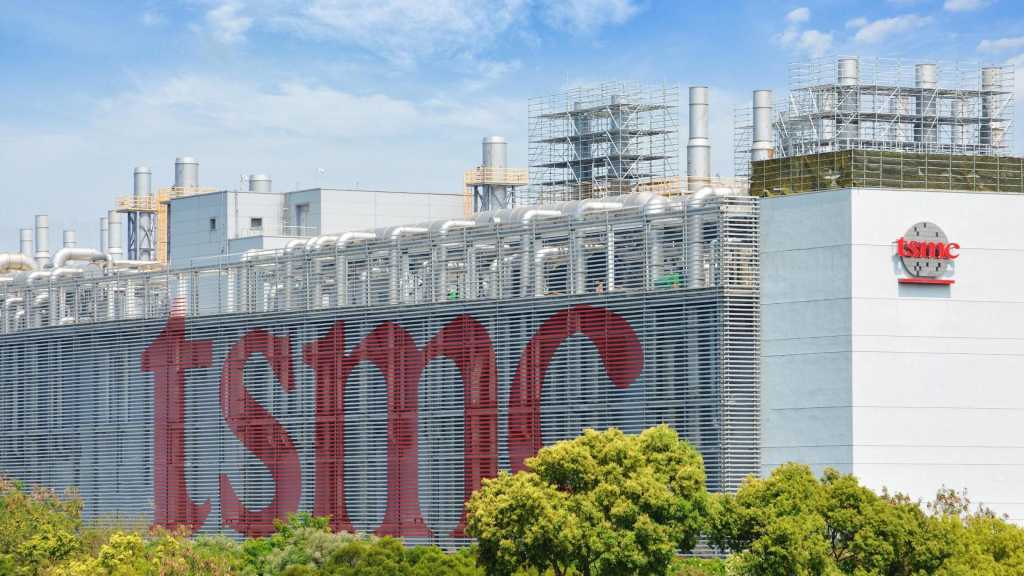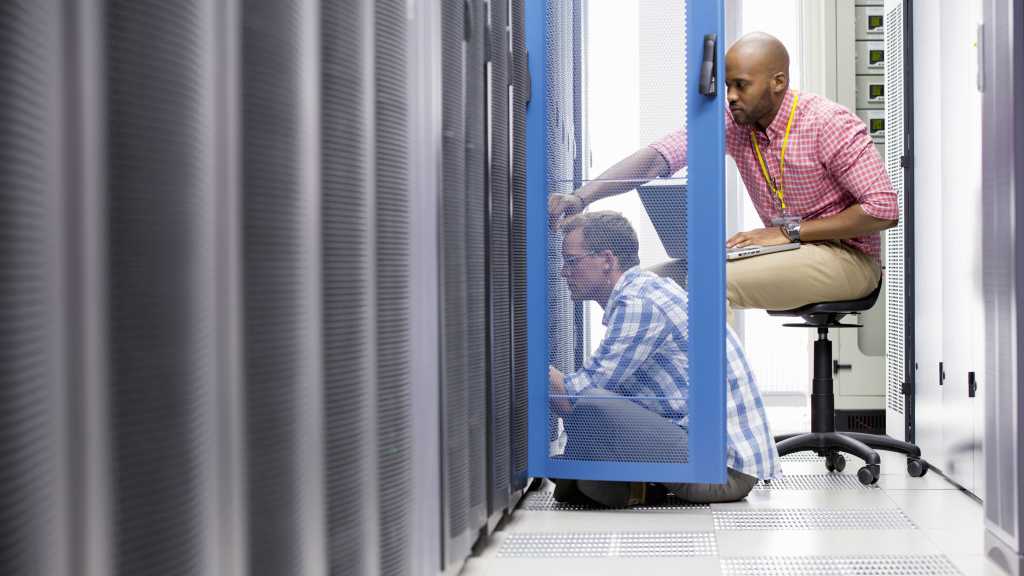
Anna Littlefield is the program manager for low carbon energy technologies for the Payne Institute at the Colorado School of Mines.
It’s no secret that carbon capture is gaining momentum — and the United States is leading the pack. U.S. capacity alone for carbon capture, utilization and storage, or CCUS, is expected to increase sevenfold by 2035. In 2023, announced carbon capture capacity by 2030 increased by 35%.
In the U.S., there are already 14 operational commercial-scale facilities that can capture and store roughly 21.4 million metric tons of CO2 per year, equivalent to the annual emissions of 5 million passenger vehicles. And new projects continue to be announced. Since 2018 when Congress enhanced the 45Q tax credit, which supports CCUS, there have been more than 120 CCUS projects announced in the states. In 2023, Chevron announced it was expanding its Bayou Bend CCS project, positioning it to be one of the largest carbon storage projects in the country.
Despite all this investment and decades of proven operations, critics continue to insist the technology doesn’t work — apparently because it hasn’t scaled fast enough. A Scientific American headline from 2017 asked, “Will Carbon Capture and Storage Ever Work?” One environmental group asserted the technology “won’t work,” while others call it a “pipe dream.”
This narrative allows other critics to suggest any federal support for the technology is misallocated. Two U.S. lawmakers recently introduced the 45Q Repeal Act, a bill aimed at repealing the 45Q tax credit. Rep. Scott Perry, R-Pa., one of the sponsors of the bill, called CCUS an “inefficient and market-distorting technology.” Opponents of CCUS cheered the legislation.
What these critics overlook is that the primary challenge facing CCUS is the regulatory uncertainty created by current federal policies.
Fifteen years ago, the Task Force on Carbon Capture and Storage was established, and brought together the U.S. Environmental Protection Agency and the Department of Energy with the aim of accelerating deployment. In the interagency taskforce’s keystone report issued that same year, the taskforce concluded CCUS faced no insurmountable technological barriers.
We know that’s true because the oil and gas industry has been capturing, shipping and storing CO2 to enhance oil production for half a century. The Global CCS Institute’s database of operational projects is further proof that the technology works.
So why hasn’t CCUS scaled quicker? As an MIT paper from 2015 noted: “The lack of a robust and comprehensive regulatory framework creates an environment of uncertainty that slows down the progress of CCS demonstration projects.”
Unfortunately, not much has changed in the past decade.
The EPA issues permits for CO2 injection wells through the Underground Injection Control program. These are known as Class VI wells. To date, the EPA has only issued 11 final permit decisions for Class VI wells — and more than 150 more applications remain under review. Many of these permits have been stuck at EPA for years.
We must acknowledge that reviewing Class VI permit applications is no small feat. These applications are extensive, encompassing detailed technical assessments, comprehensive subsurface modeling and robust risk management strategies. Compounding the challenge, the EPA’s regional offices have an uneven distribution of the permit load: EPA Region 6, which includes Texas, currently has 59 applications under review, representing a substantial portion of the national total.
To help address this backlog, many states are pushing for primacy — where the EPA delegates primary authority to the states to oversee and permit these wells. States routinely permit Class VI wells in a manner of months, not years.
The first state granted primacy for Class VI wells was North Dakota in 2018. Since then, only three other states have been granted primacy: Wyoming in 2020, Louisiana in 2023, and West Virginia just this year. Texas — the state with the largest backlog of Class VI wells pending EPA approval — has been waiting for years on approval for its primacy application.
It’s hard to credibly suggest that CCUS doesn’t work or is an “inefficient” technology when the operating environment created for it is anything but stable.
The Trump administration has called for permitting reform, aiming to help American industry grow and compete. With that goal in mind, eliminating the backlog of Class VI permit applications — which would unleash investment in America, creating tens of thousands of new jobs and strengthening America’s global competitiveness — should be a no-brainer.





















